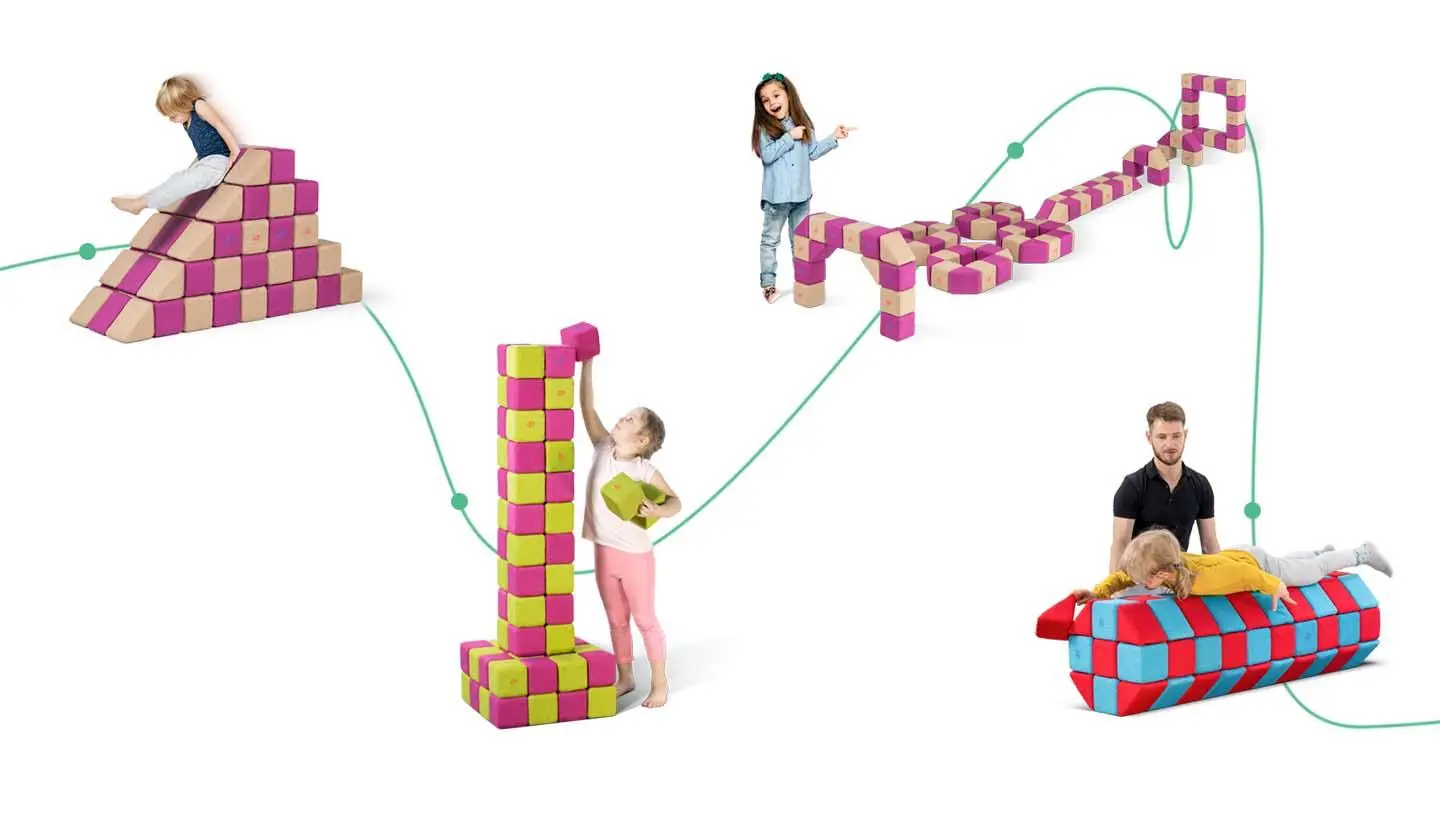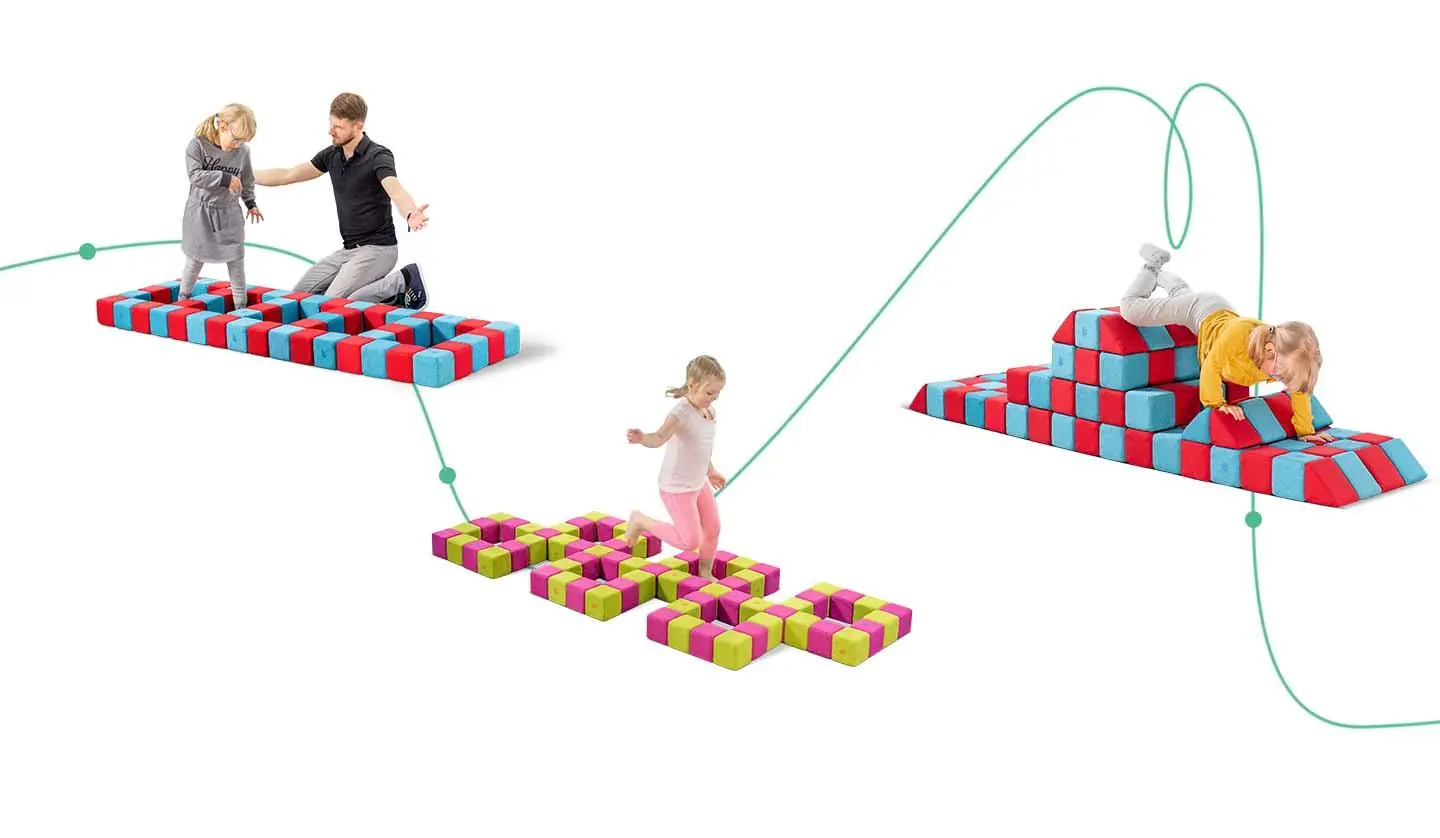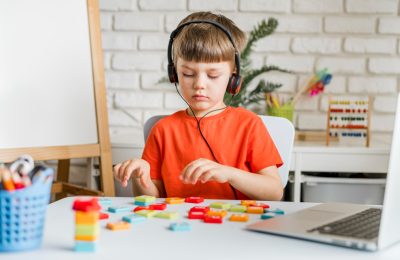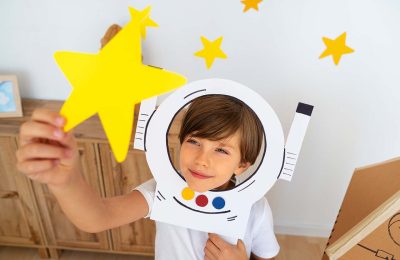Developing Fine and Gross Motor Skills with JollyHeap Blocks
Fine and gross motor skills are crucial elements in the physical development of children, and effective exercises in both areas are of significant importance. Appropriate tools, such as soft magnetic JollyHeap blocks, can significantly support this process, enhancing both play and education.
Fine and Gross Motor Skills – How Do They Differ?
Fine motor skills involve precise movements of small muscle groups, essential for everyday tasks like holding a pencil or pressing a button. On the other hand, gross motor skills encompass more complex movements of the entire body, such as walking, jumping, or riding a bike.
Strengthening both types of motor skills is paramount for the comprehensive development of a child, influencing physical abilities and fostering cognitive, social, and emotional skills. In this context, creative and effective tools like JollyHeap blocks become vital support, transforming tedious exercises into routine play.


Using JollyHeap Blocks for Fine and Gross Motor Skill Exercises
JollyHeap blocks are not just toys; they are tools engaging children in creative and educational play. Filled with HR type soft foam, they are safe for the youngest while providing incredible construction possibilities. Each block is equipped with 24 strong neodymium magnets, ensuring the stability of built structures.
The substantial dimensions of the blocks (12×12 cm) allow children to create diverse constructions, developing both fine and gross motor skills. Building figures and structures, and even manipulating them freely, requires precise movements of small muscle groups while engaging the entire body in coordination and balance.
During casual play, children exercise gross motor skills by rolling constructed objects, carrying, throwing, jumping, or crawling under them. Moreover, connecting and disconnecting blocks requires the use of several grip types, including pincer, monkey, and cylindrical grip, fostering fine motor skills. This is particularly crucial for toddlers with disabilities, muscular dystrophy, or strength deficits.
JollyHeap blocks also enable the creation of interactive play areas, physical exercises, and support rehabilitation therapies. Balance paths, coordination ladders, or specially designed obstacle courses become attractive tools for working on various aspects of a child’s motor skills.
Where Can JollyHeap Blocks Be Applied?
Fine and gross motor skills are pivotal in a child’s development, and JollyHeap blocks are an innovative tool that provides joy in play while supporting versatile physical and cognitive development. Collaborative play in building diverse constructions becomes an effective way to promote the healthy development of children, diverting their attention from, at times, tedious and challenging tasks.
Therefore, JollyHeap blocks will facilitate the work of anyone working with children in the intensive phase of motor development or dealing with various motor dysfunctions. Professionals in therapeutic offices and psychological-pedagogical counseling centers will particularly appreciate them.
JollyHeap blocks will also diversify the work of educators in nurseries, preschools, schools, and after-school programs. Caretakers can conduct group activities with the blocks or allow children to engage in free, creative play. Thanks to the flexibility and versatility of JollyHeap blocks, children learn through experience and experimentation, developing their motor skills, improving coordination and balance, while simultaneously shaping logical thinking and nurturing their imagination.



